Meet Tethys! An Integrated Development Environment Designed To Teach Coding Skills with Pepper Robot

SoftBank Robotics America today announced the launch of Tethys, an integrated development environment designed to teach coding skills. The SoftBank Group Corp. unit said the visual learning software enables students to program its Pepper humanoid robot in real time.
The standalone visual programming software can connect to their humanoid robot, Pepper, to program full functionality of the robot in real time. SBRA’s first commercially available software tool is the latest milestone in their longstanding education initiative spanning NAO, Pepper, and their partnership with the SoftBank Group.
- 0 Comments
- Mar 6, 2020 10:47:12 AM
- Posted by Natalia Galvis
- Topics: Robotics, EdTech, STEM, 21st Century Classroom, Robots,, Innovation, STEMchat, Edchat
How can robots teach children about math and science?
It’s no big secret that kids love to create. Hands-on activities provide a wonderful way to engage children and teach them important lessons they’ll remember long-term. This concept has inspired the fast-growing “maker movement” — a trend of do-it-yourself activities for children that involve learning, building, and experimentation.
Robotics is one of the most popular examples of the maker movement. Kids and adults alike are enamored with robots; creating an object from scratch and learning to control its actions is just plain cool. But there’s more: the fundamentals of robotics are directly connected to important STEM skills. It’s not just fun, it turns out; it’s educational.
- 0 Comments
- Mar 3, 2020 11:18:22 AM
- Posted by Natalia Galvis
- Topics: Robotics, EdTech, STEM, 21st Century Classroom, Robots,, Innovation, STEMchat, Mathematics, Edchat
How To Flip your STEM Classroom
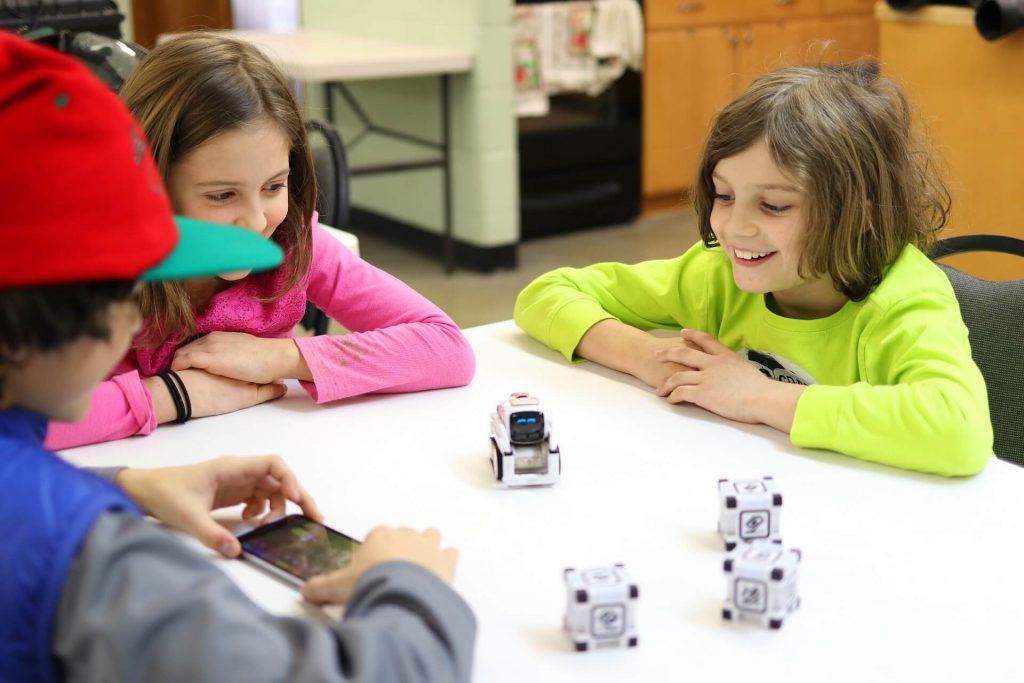
Flipped classroom: It’s one of the hottest buzzwords in education at the moment, and it’s also an effective approach to student-centered learning.
If you’re not yet familiar with flipped classrooms, here’s the deal:
- 0 Comments
- Mar 2, 2020 10:00:00 AM
- Posted by Natalia Galvis
- Topics: Robotics, EdTech, STEM, 21st Century Classroom, Robots,, Innovation, STEMchat, Edchat
How Can Smart City Technologies Impact Education?

There are many technical definitions for the term “smart cities,” but this one by Interesting Engineering puts it succinctly, so it’s clear: Smart cities use technology to better population’s living experiences, operating as one big data-driven ecosystem.
Data collection will be at the heart of the smart city. Data will be collected from residents, transport systems and other city infrastructure. The data will reveal patterns in behavior or inefficient use of resources and the aim is to use this information to improve the living conditions for citizens. Amongst other things, data collection will result in notifications on the best times and the best routes to travel, personal energy usage, etc. Let’s look at how urban data collection could affect education and benefit schools.
- 0 Comments
- Feb 28, 2020 10:00:00 AM
- Posted by Natalia Galvis
- Topics: Robotics, EdTech, STEM, Artificial Intelligence, Robots,, Innovation, STEMchat, Edchat, AI, smart cities
Finding The Right Assessment Tool For Your Classroom
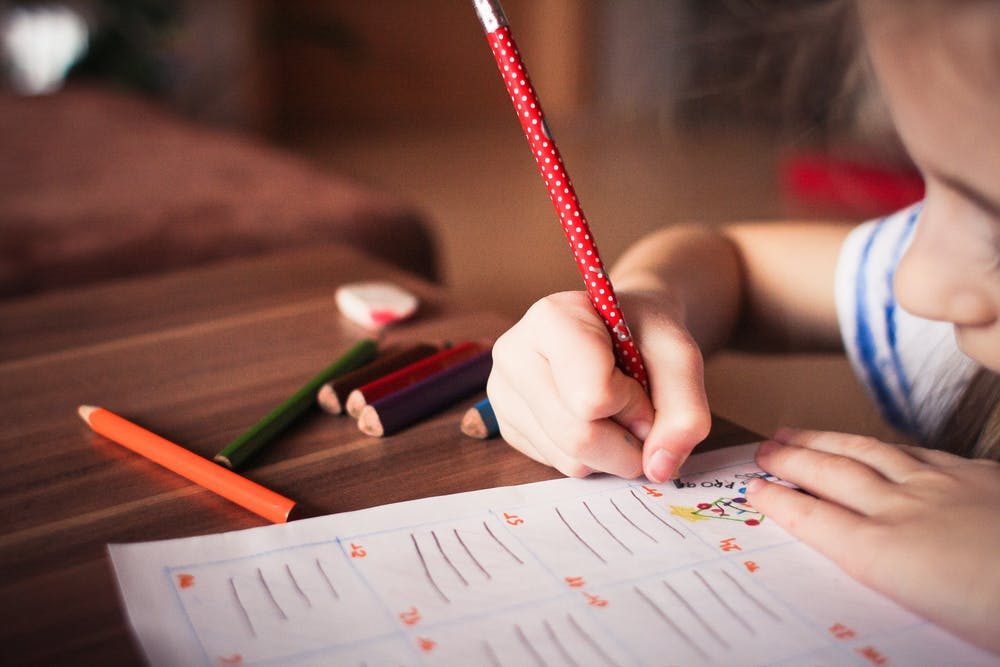
As with the selection of any edtech tool, it is important not to get carried away with the technology and to forget about how the tool will support teaching and learning in the classroom. Here are some questions to consider when choosing edtech assessment tools for your classroom.
- 0 Comments
- Feb 27, 2020 10:00:00 AM
- Posted by Natalia Galvis
- Topics: Robotics, EdTech, STEM, Robots,, Innovation, STEMchat, Edchat
What Every Educator Needs to Know About Artificial Intelligence
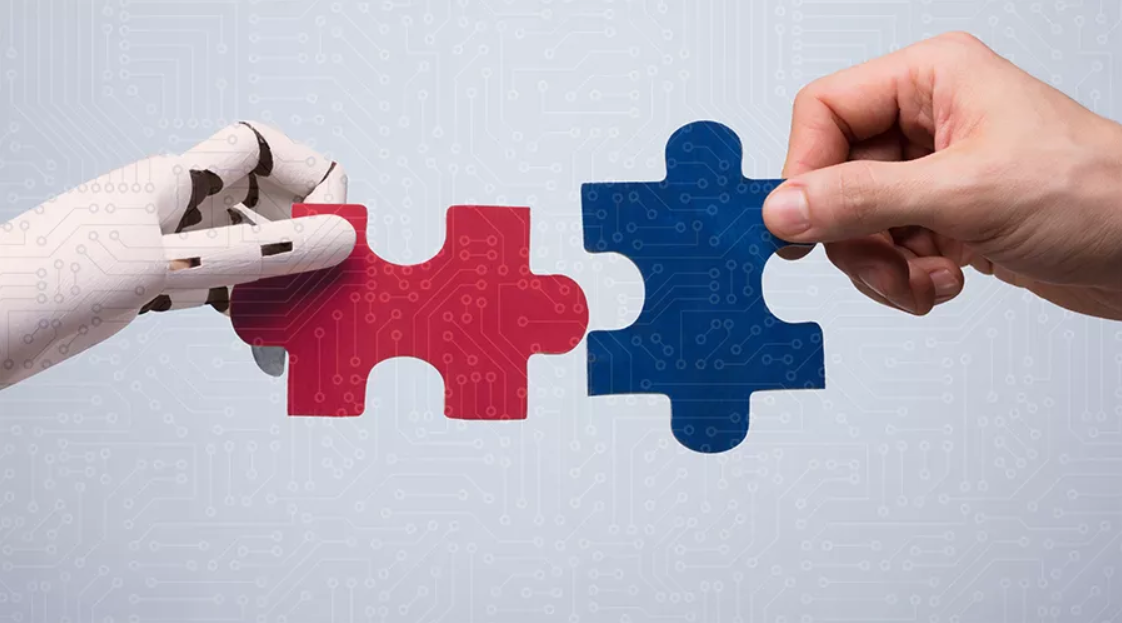
C3PO from “Star Wars.” HAL from “2001: A Space Odyssey.” “The Terminator.” And now Apple’s SIRI and Amazon’s Alexa. Artificial Intelligence has always been part of our collective imagination. But it’s now becoming part of our everyday lives.
Experts think artificial intelligence could help people do all sorts of things over the next couple of decades: power self-driving cars, cure cancer, and yes, transform K-12 education.
- 0 Comments
- Feb 26, 2020 10:00:00 AM
- Posted by Natalia Galvis
- Topics: Robotics, EdTech, STEM, Artificial Intelligence, Robots,, Innovation, STEMchat, Edchat, AI
7 Reasons Why Robotics Should be Taught in Schools
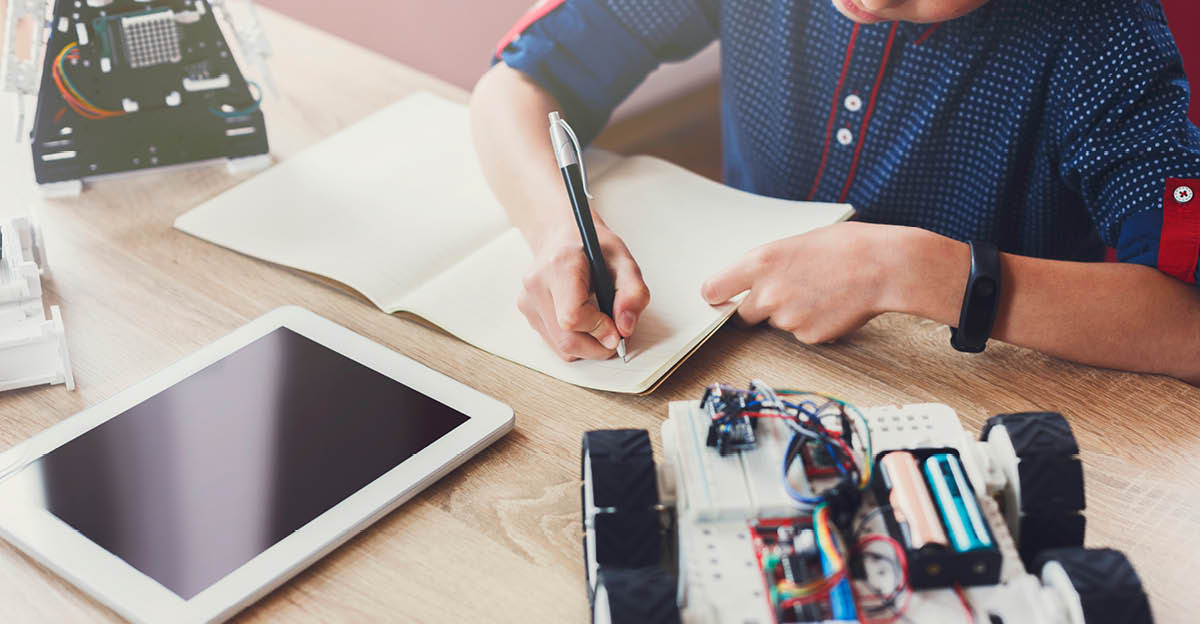
Technology is changing the way people do things in every part of the world, and the sector continues to expand. What are schools doing to prepare the next generation for the future?
The truth is that educational institutions are already doing a great deal of work in this area. In fact, everything we see today in robotics can trace its origins to research, and an academic paradigm that brought on board policymakers, scientists, and governments.
Now, teaching robotics in school is becoming an increasingly indispensable part of the curriculum.
But first things first…
- 0 Comments
- Feb 25, 2020 10:15:00 AM
- Posted by Natalia Galvis
- Topics: Robotics, EdTech, STEM, Robots,, Innovation, STEMchat, Edchat
Benefits of Technology in the Classroom
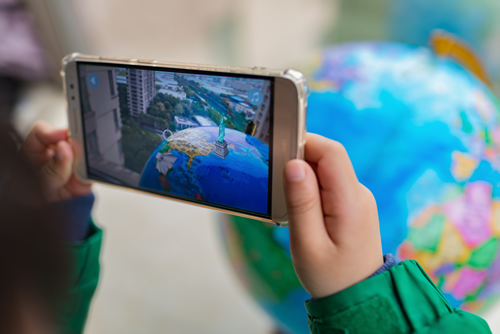
As we sail through the 21st century, technology in the classroom is becoming more and more predominant. Tablets are replacing our textbooks, and we can research just about anything that we want to on our smartphones. Social media has become commonplace, and the way we use technology has completely transformed the way we live our lives.
Educators, too, have seen firsthand the benefits of technology in the classroom. They also recognize the importance of developing these technological skills in students so they will be prepared to enter the workforce once they complete their schooling.
- 0 Comments
- Feb 17, 2020 10:10:00 AM
- Posted by Natalia Galvis
- Topics: EdTech, STEM, 21st Century Classroom, teachers, Robots,, Technology, Elementary, STEMchat, Edchat, Digital Technology
Challenges in STEM education and how teachers can overcome them
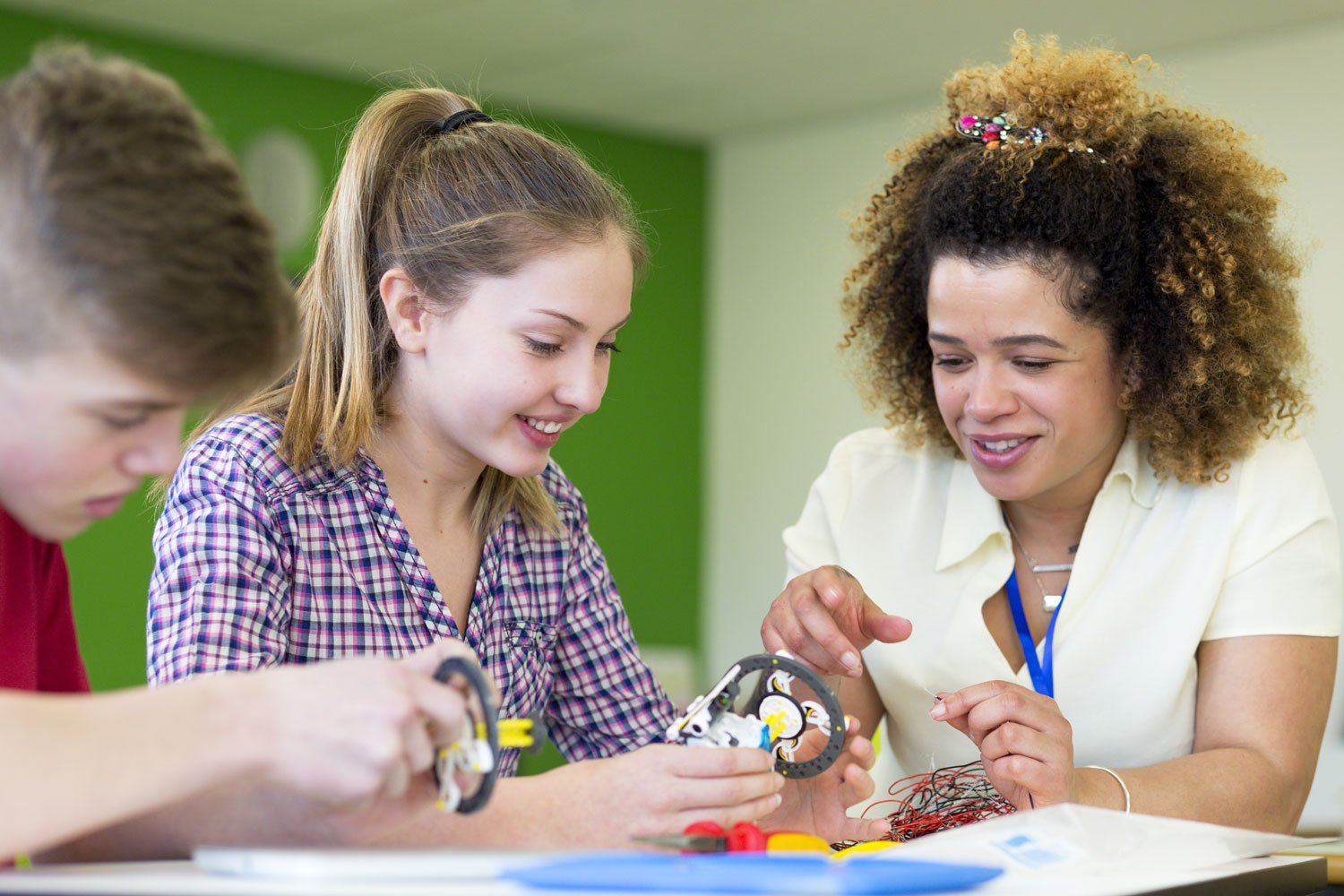
Teachers are a huge influence on a student’s choice of subject matter or their decision to pursue a STEM career. The evidence from the ICM-S survey suggests that students’ decisions to study STEM in college can be directly influenced by classroom instruction and teacher advising. However, student motivation can be a huge problem for even the best of teachers. But teachers also face a lot of challenges when it comes to STEM education.
Here are the top challenges that most teachers face and a few suggestions for how to tackle them.
- 0 Comments
- Feb 14, 2020 10:00:00 AM
- Posted by Natalia Galvis
- Topics: Robotics, EdTech, STEM, 21st Century Classroom, teachers, Robots,, Elementary, STEMchat, Edchat
Curious About Classroom Makerspaces? Here’s How to Get Started.
Makerspace is a rapidly growing trend in schools across the country, but to be honest, I’ve never implemented one myself, and I can’t quite picture the logistics of orchestrating a Makerspace. How do kids know what to do? How can you find out what they’re learning? How do you make time for that with all the other tasks crammed into the school day? And how do you keep the Makerspace from turning into a chaotic mess?
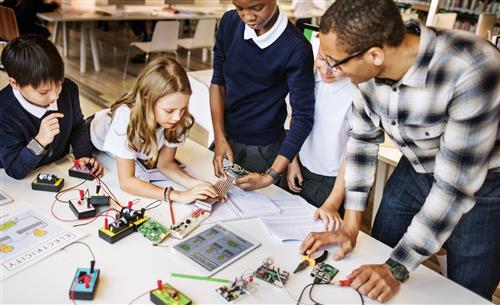
- 0 Comments
- Feb 13, 2020 10:08:52 AM
- Posted by Natalia Galvis
- Topics: Robotics, EdTech, STEM, 21st Century Classroom, Robots,, Elementary, Makerspace, STEMchat, Edchat
Relevant Posts
Popular Posts
Subscribe to Email Updates
-
I Want To Learn MoreADDITIONAL INFORMATION


